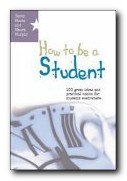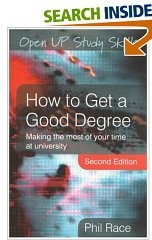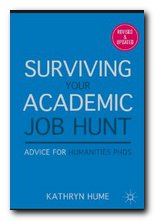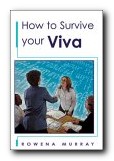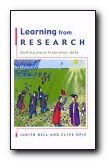history and development of modern graphology
Rosemary Sassoon is a distinguished expert on handwriting, and a typographist celebrated for her font Sassoon Prima, which helps young school pupils learn to read and write. In her latest book, Handwriting of the Twentieth Century, she looks at the effects which various teaching methods and models of good practice have had in the period from 1900 to the present. She charts developments in the teaching and study of handwriting, showing how changing educational policies, economic forces and technological advance have combined to alter the priorities and form of handwriting.
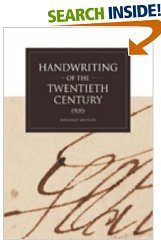 Every page is suffused with a love of her subject and a concern for the people she is writing about. This ‘long and sometimes sorry story’ tells also of the sheer pain and hard work of children forced to follow the style of the day, and of the reformers who have sought to simplify the teaching and learning of handwriting.
Every page is suffused with a love of her subject and a concern for the people she is writing about. This ‘long and sometimes sorry story’ tells also of the sheer pain and hard work of children forced to follow the style of the day, and of the reformers who have sought to simplify the teaching and learning of handwriting.
What emerges very clearly is that handwriting styles pass through various fashions and styles – which is why we can put a rough date on examples – even including our own. The general process she illustrates is one of a gradual move from the ornate copperplate of the Victorian period, to various forms of cursive Italic which are common now.
The book is beautifully illustrated throughout with examples from copybooks and personal handwriting from across the world. She ends with a comparative study of developments in continental Europe and America during the same period – and where the lessons to be learned are exactly the same.
This book is a historical record of techniques, styles and methods. But it also a passionate study of everyday typography, informed by a deep knowledge of her subject. It will be of interest to educationalists, people in teacher training, plus cultural sociologists and historians – as well as typographists and graphologists.
© Roy Johnson 2007
Rosemary Sassoon, Handwriting of the Twentieth Century, Bristol: Intellect, 2007, pp.208, ISBN: 0415178827
More on typography
More on theory
More on typography
More on digital media
